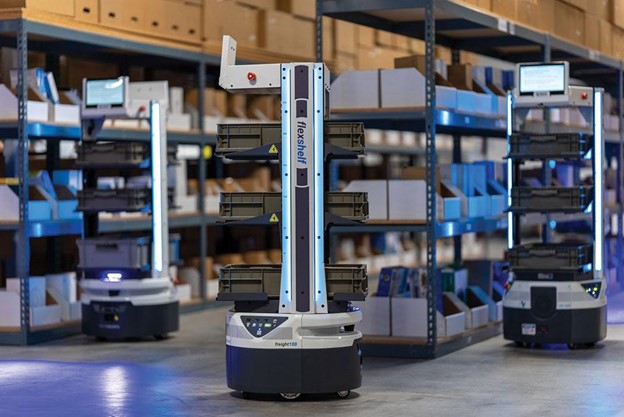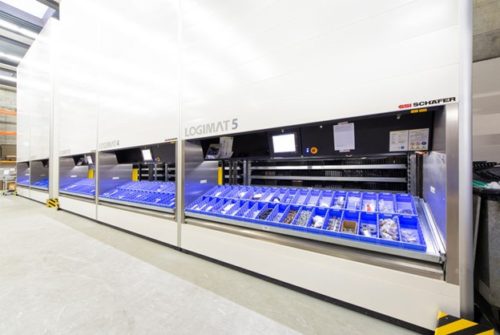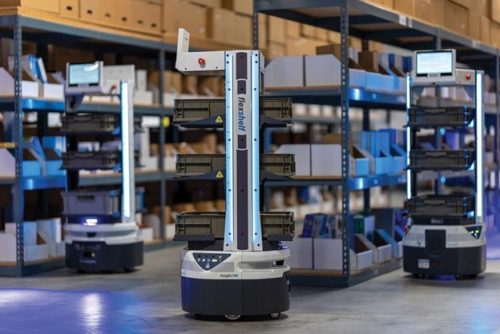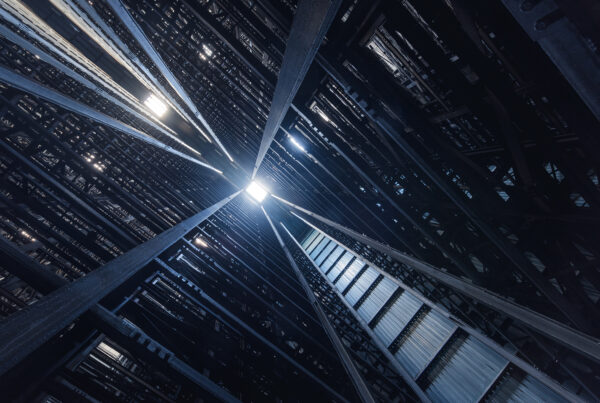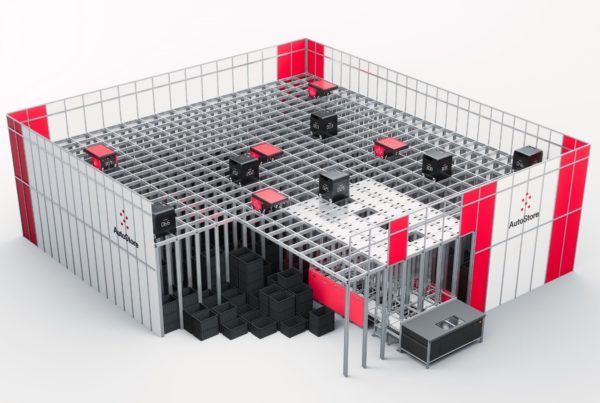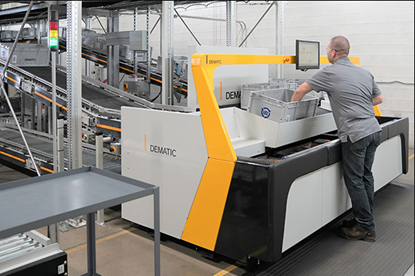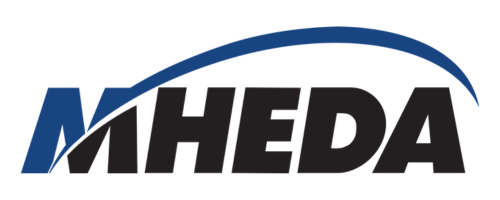Hello everyone, and welcome to my third article in the goods-to-person series. At this point you are likely pretty familiar with the concept of GTP, as well as some of the technologies you can use to accomplish it.
This leads us to an obvious question: how do you know which one is right for you? The truth is, it is very difficult to ascertain what you need without getting a full picture of your business, but there are some key things to look for that can point you in the right direction. While nothing can replace expert advice, these questions can help narrow the field of technologies.
What is your biggest pain point?
Pain points often drive change, whether they are currently present or anticipated. In order to find out what GTP system makes the most sense for you, look at your own pain points and determine how automation can help you solve them. Some of the most common ones I have seen are labor retention/labor training, order accuracy, throughput deficiencies, and inventory capacity.
Most GTP technologies help with all the above to a degree, however different systems help some pain points more than others. For example, virtually every GTP system will increase labor retention and labor training. Workers tend to enjoy an environment where goods are brought to them at their work station, rather than having to walk miles through a warehouse every shift. Similarly, while GTP stations will typically require an amount of training, once you get up to speed, they are incredibly simple. Learning to pick from a well implemented GTP station can often take minutes, not hours.
Order accuracy is another pain point that is mitigated by most GTP technologies. According to DC velocity, miss-picks cost individual warehouses $400,000 dollars a year, at an estimated value of $3 to $7 dollars per miss-picked item. While your volume may or may not corroborate those metrics, it is easy to see how miss picking an item, having to ship its, restock and, and handle it multiple times can add up.
GTP technology can drastically cut miss-picks by simply presenting totes to an operator, and designating via light or screen: order SKU, quantity, and order tote. While errors are still possible with these systems, they tend to be mitigated because the product required to fulfill orders is brought to an operator automatically, so much of the opportunity for human errors is removed.
Throughput vs Inventory Capacity
This leaves us with the final two primary drivers for considering GTP technology, order throughput and inventory capacity. These two are often intertwined, however depending on your prioritization of one factor over the other, your technology choice (and CAPEX) can be vastly different. The reason these two focuses can be at odds with each other is simply that there are typically trade-offs between presenting something quickly and storing it incredibly densely. Take a moment and picture a warehouse.
Why do you use aisles? That may seem like a ridiculous question, but the answer is obviously so that you can access your inventory quickly. What if instead of aisles, you simply left a small space open, and then dug around and shuffled the product, decreasing efficiency, but vastly increasing storage capacity? What we are discussing right now, is the key difference between AutoStore and most shuttle systems.
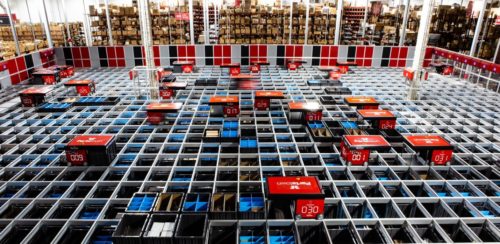
AutoStore
As you can see in the image above, there are dozens of bins stacked in vertical columns, likely 16 bins tall. This is akin to the warehouse example above without aisles, the robots dig through the columns from the top, and place bins in empty slots until they get to the level the desired product is on.
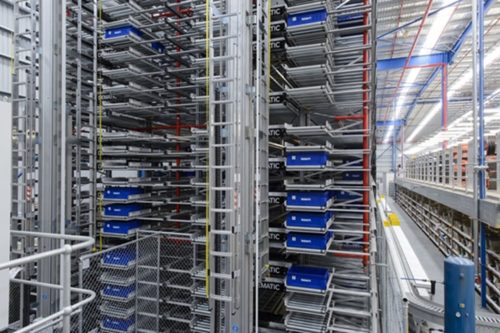
Dematic Multishuttle
This approach means that product below the top tier, is not immediately available, and that bins must be dug up in order to access the product below. While this can be mitigated with adding robots, and AutoStore’s built in order lookahead that request bins in advance, the extra three and a half minutes of digging to get to the bottom of a system will naturally reduce the possible rate.
Pictured above is the inverse situation, the throughput focused option. The blue totes are stacked with a good bit of space between them, which adds up and therefore decreases storage capacity. On top of that, the black Dematic shuttles travel down an empty aisle at every level to fetch bins without digging, further decreasing possible storage, in exchange for the more immediate availability of each individual tote.
Those were some basic examples and there are a lot of other factors to look into when choosing a GTP system. However, certain designs are going to fit some operations better than others. For example, the AutoStore we mentioned above boasts a significantly higher storage capacity per square foot, at a better price point. That being said, if you are planning to move more than 3-5000 totes per hour through a system, the price will start to dip in favor of shuttle systems. The fact of the matter is both systems are capable of meeting high rates and increasing inventory capacity, it is just about which one will fit your operation best for the most effective cost.
As discussed in my previous article, there is more to GTP than shuttles and AutoStore. If you are looking for high density, but lower capacity GTP systems than mentioned above, you should look into VLM’s.
VLM’s are similar to giant vending machines that bring trays of product to an operator. These trays are delivered at roughly 80 presentations per hour which is significantly slower than a single workstation of either of the above systems.
While the rate of a VLM might suffer compared with that of an AutoStore or a Shuttle, it is a much more feasible option for smaller operations that are looking to maximize their space efficiency. It is also worth noticing that a single VLM system is a fraction of the cost of a shuttle or AS, and multiple can be bought used together in the same area of a facility to increase the overall rate.
AMR’s and AGV’s are somewhat different from the other technologies we have discussed because they enable you to bring goods to an operator without being in a confined position. What this means is you can store your goods more traditionally, and then have a robot go a pick a SKU at a time and bring it to an operator anywhere in your facility. This approach has a number of advantages, mainly around the fact that it can be customized to work in facilities specific layouts.
AMR’s can also mitigate the use of conveyors which tends to eliminate steps from a GTP pick operation. It is also not uncommon to see AMR’s and AGV’s interact with other GTP systems to transport picked goods to a shipping area. Various AMR’s and AGV’s differ greatly in design, so it is important to ensure you are consulting an expert on their use to make sure you pick the right one for you.
Other important factors
Another important question you need to ask yourself is what kind of SKU pareto you have in your facility. A SKU pareto, put simply, is a percentage of your SKUs that drive a specific amount of volume.
For example, the classic 80/20 pareto would imply that 20% of your SKUs are driving 80% of your volume. These pareto analysis are particularly valuable when comparing AutoStore and Shuttles, because it will greatly influence the importance of having every SKU available immediately. If you have an even 50/50 pareto, a system like AutoStore that would need to dig for SKUs that are not on the top level of the system, will likely not be the right answer for you. Conversely, if 90 percent of your volume is being driven by the top 10 percent of your SKUs (90/10 pareto), AutoStore will likely make a lot of sense, since the digging will be minimized and your rate will vastly increase per robot.
Growth is another key factor to keep in mind when choosing a GTP system to proceed with. Some systems allow you to modify them as you grow, whereas others are more static. For example, AutoStore is incredibly modifiable. You can add robots, grid structure, or ports without disrupting current operations, in any volume you need to.
Shuttles are quite modifiable, particularly when it comes to storage, however they disrupt operations for a longer period, and frequently must be modified one full aisle at a time (you can’t add half an aisle of storage). Additional AMR’s and AGV’s can usually be added easily to your operation, assuming you already have a few implemented. VLM’s on the other hand cannot typically be modified, and you will have to resort to purchasing more separate units if you want to increase their capacity/throughput. Due to the varying costs associated with growth, this might be the determining factor for you.
Until Next Time
In conclusion, I mentioned various factors to consider, however nothing can replace an expert analysis of your business like the ones we perform at Slate River Systems. We are truly solution agnostic, as we can provide any of the options I listed above according to what would best fit your operations.
Thank you for reading this article, coming up next is the ROI of GTP systems, and future trends in the marketplace. Please feel free to reach out to me with any questions or comments at 682-551-6849, or [email protected]
Thanks for reading,
Account Executive
Slate River Systems
682-551-6849
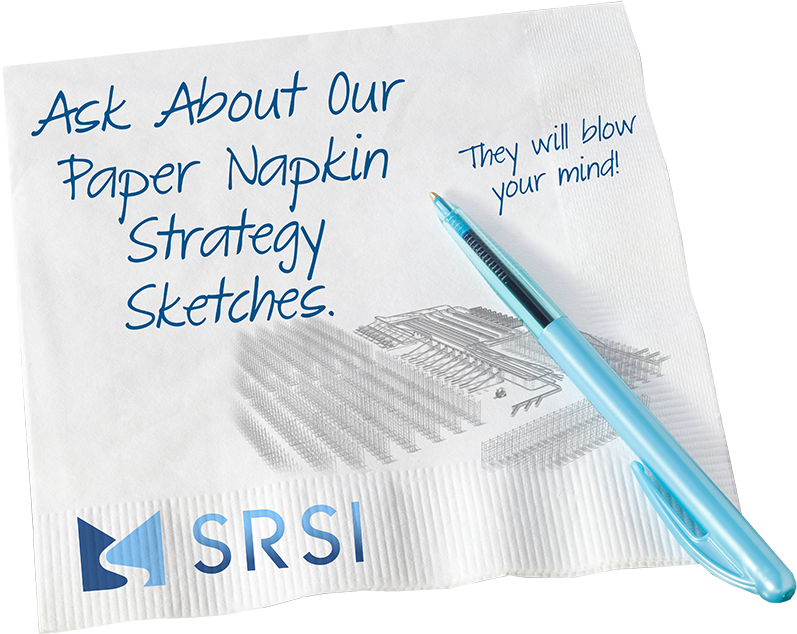 Skip to main content
Skip to main content
